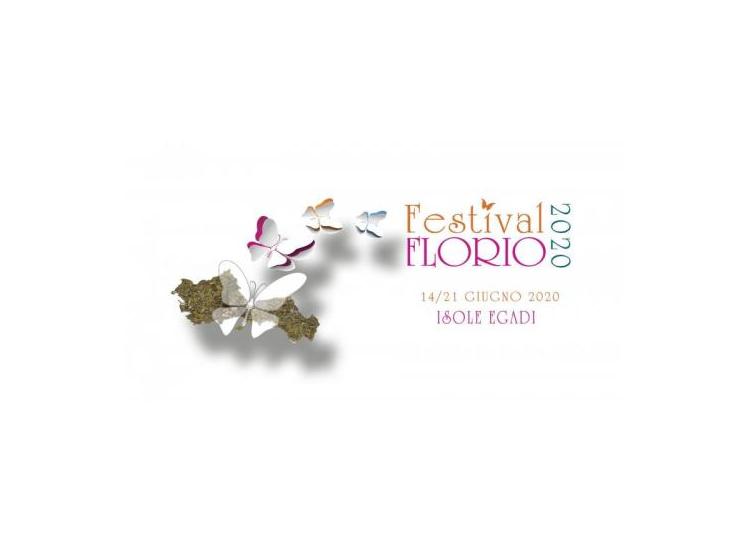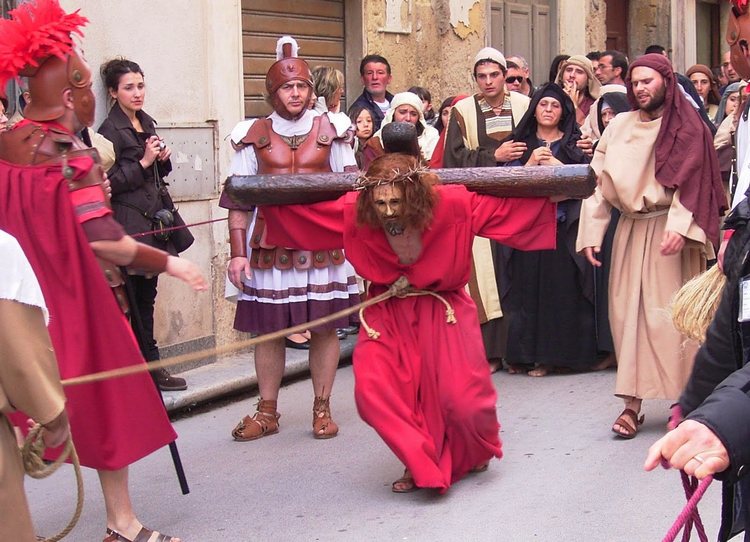
Trapani
Trapani offers those who visit it numerous ideas to spend a day not to be forgotten.
Famous for its sea, for the salt pans, Trapani offers those who visit it numerous ideas to spend a day not to be forgotten.
A city with a thousand-year history, it even appears in the Aeneid and its origins seem to be mythological: according to legend, the city was born on a strip of land (Drepanon, from which "Trapani" derives) originated from a sickle fallen from the hands of Ceres or of Saturn, the patron god of the city.
Linked to Carthage, "historical" enemy of Rome, dominated by the Romans and Spain, Trapani still retains the testimonies of this history which has seen an intertwining of cultures and peoples in its land.
Located north-west of Sicily, right on one of the three corners of the island, Trapani is in an optimal position for a trip out of town, perhaps linked to other Sicilian stops such as Erice, Segesta, Marsala and San Vito Lo Capo, a little far from here.
Talking about every single attraction in Trapani is practically impossible. The historic center of the city is in fact chock full of attractions that deserve to be seen. The Palazzo Senatorio, the Hundred Churches, the Walls of Tramontana, are just some of the countless places you should see. Take some time for a nice walk in the center and you won't be disappointed.
Torre Ligny
Located on the most extreme tip of the city coast, it stands right on the tip of that famous sickle Trapani so reminiscent. Its construction took place in the seventeenth century thanks to the viceroy Claudio la Moraldo. Conceived as a fortress, over the years it then became a lighthouse that had the task of controlling the traffic of boats approaching the port. Inside it now houses the museum of prehistory with its collection of Roman amphoras found in the archaeological site of Trapani and also a helmet, found right on the seabed of the city.
Dovecote Tower
Also called Il Castello del Mare, it is 32 meters high with 4 overlapping floors. According to legend, the Dovecote was allegedly built by the Trojans, who arrived in Trapani after the conquest of Troy. What is certain is that during the Carthaginian rule the building was already beautiful and built, since Amilcare Barca, on the occasion of the First Punic War, also built a military barracks nearby. In 249 BC the Dovecote was the site of a very important battle against the Carthaginians, during which it was conquered by the Romans and then passed again under the hands of the Carthaginians. In the nineteenth century the Dovecote became a prison of the Bourbons, and then was abandoned after the construction of the San Giuliano penitentiary.
Dark Door and Astronomical Clock
A stone's throw from Palazzo Senatorio you will find the Clock Tower of Trapani. Dating from the thirteenth century and located on one of the city's watchtowers, it is the oldest gate in Trapani. If you look closely you can see on the facade of the Tower a very particular clock, which is also one of the oldest astronomical clocks in Europe (dates back to 1596). This astronomical clock, on which there are a dial of the Sun and a Lunar, has hands that instead of indicating the time indicate the signs of the zodiac, the solstices, the equinoxes, the seasons and the cardinal points, while in the Lunar they are indicated the moon phases.
Church of Purgatory
This church, built in the late 1600s, is one of the major churches in Trapani. Built in 1688 on the point where an Arab watchtower already stood, which later became the bell tower of the church, it is a very particular set of styles. Noteworthy is its facade-tower, built in 1714 by Giovan Biagio Amico, who animated it with statues representing the apostles and Jesus.
Struck by bombing during the Second World War, it never returned to its former glory since much of its facade has been damaged.
Inside you can admire the 22 sculptural groups of the so-called "Mysteries" which, created in the workshops of Trapani with wood and canvas, retrace the Passion of Christ. Stored inside the Church, the Mysteries are then carried in procession on Good Friday.
The salt pans of Trapani
They are a fundamental stop in the city. Indeed, it was the salt trade that made this city flourish over the centuries, making it a true commercial power throughout Europe. There is no certain evidence, but it seems that the salt trade, also known as the white gold of Sicily, dates back to the Phoenician era. Unfortunately during the 1900s the salt pans fell out of favor, until a last flood in 1965 which irreparably damaged the machinery.
Visiting this place you can see how salt was obtained (and still is obtained today) from sea water.
The Saline Museum of Trapani includes, in addition to the famous tanks in which salt was extracted, but also mills and period equipment that served to complete the proceed








